Pagoda with unique architecture in north Vietnam
Thứ Tư, 09/11/2022, 21:57
Keo pagoda, which was built in 1632 in the Le dynasty, is famous for its unique wooden structure, which represents Vietnam’s ancient architectural style.
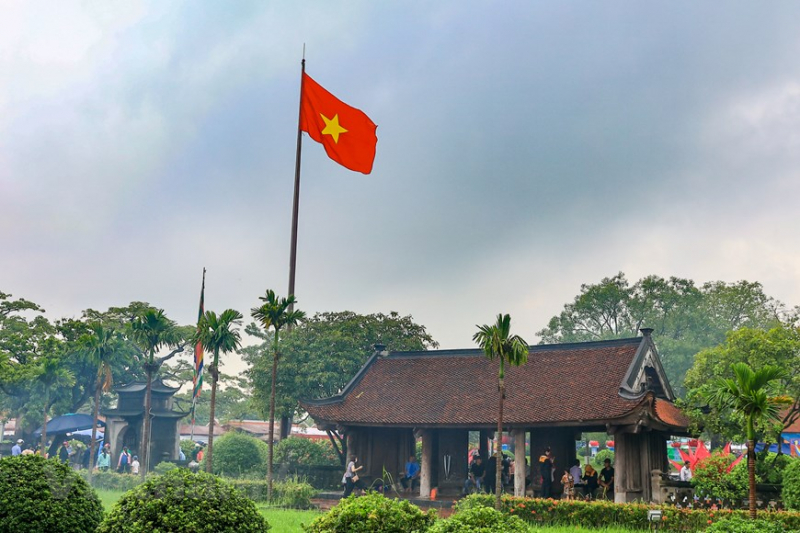
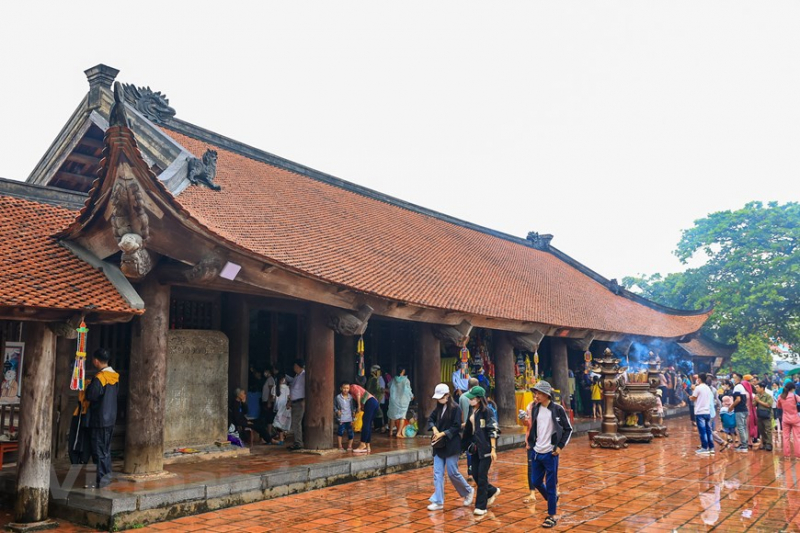
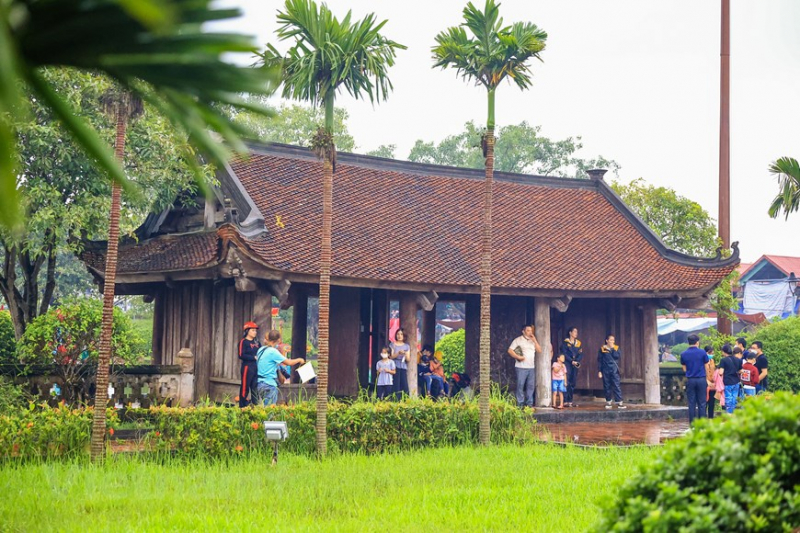

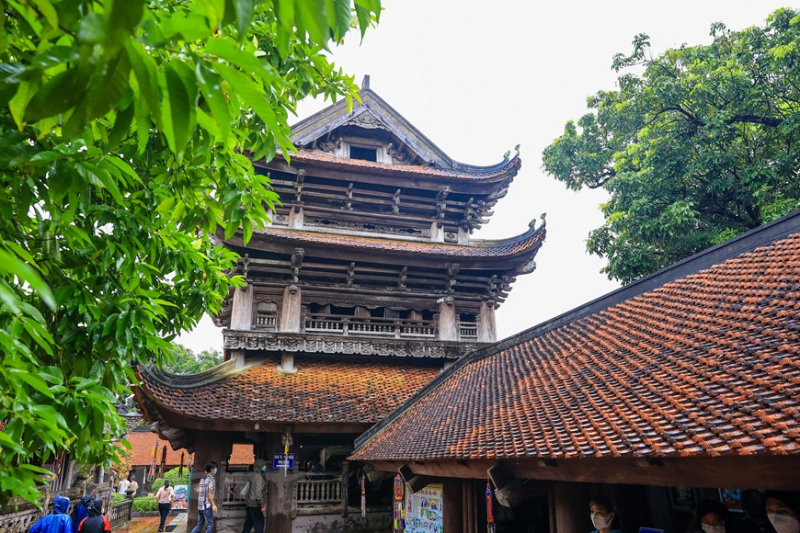

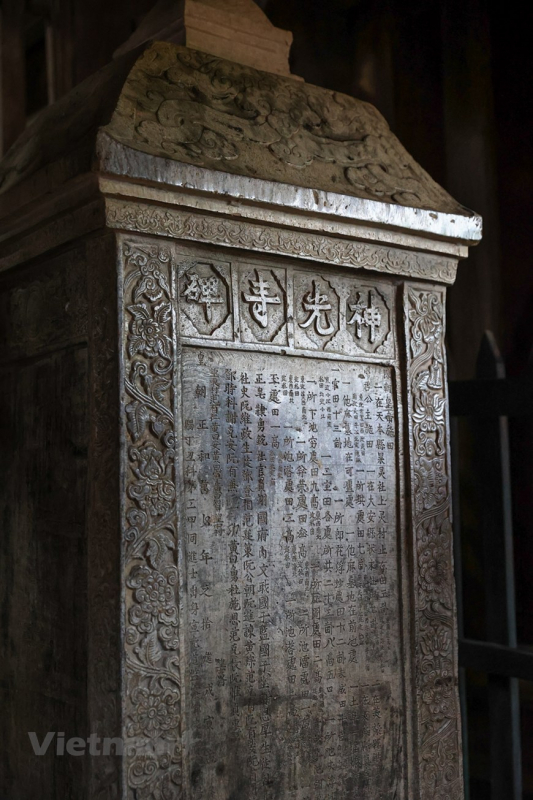
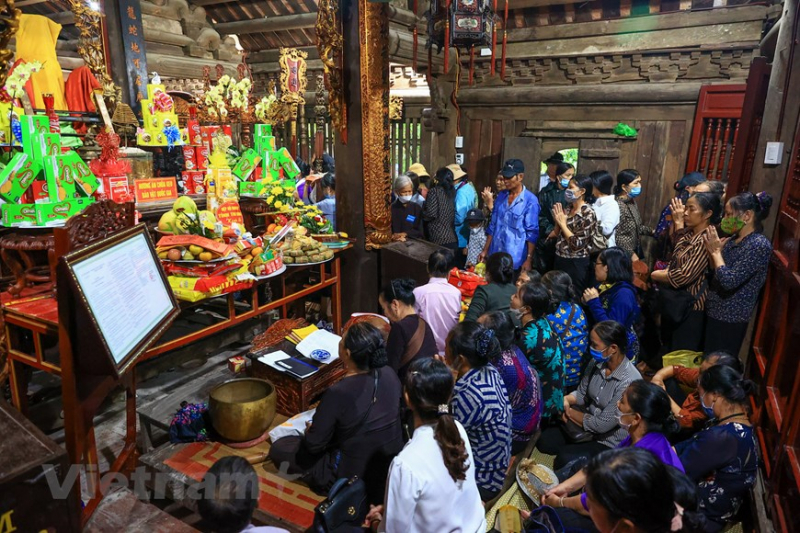

Photo: Vietnamplus
By TN

